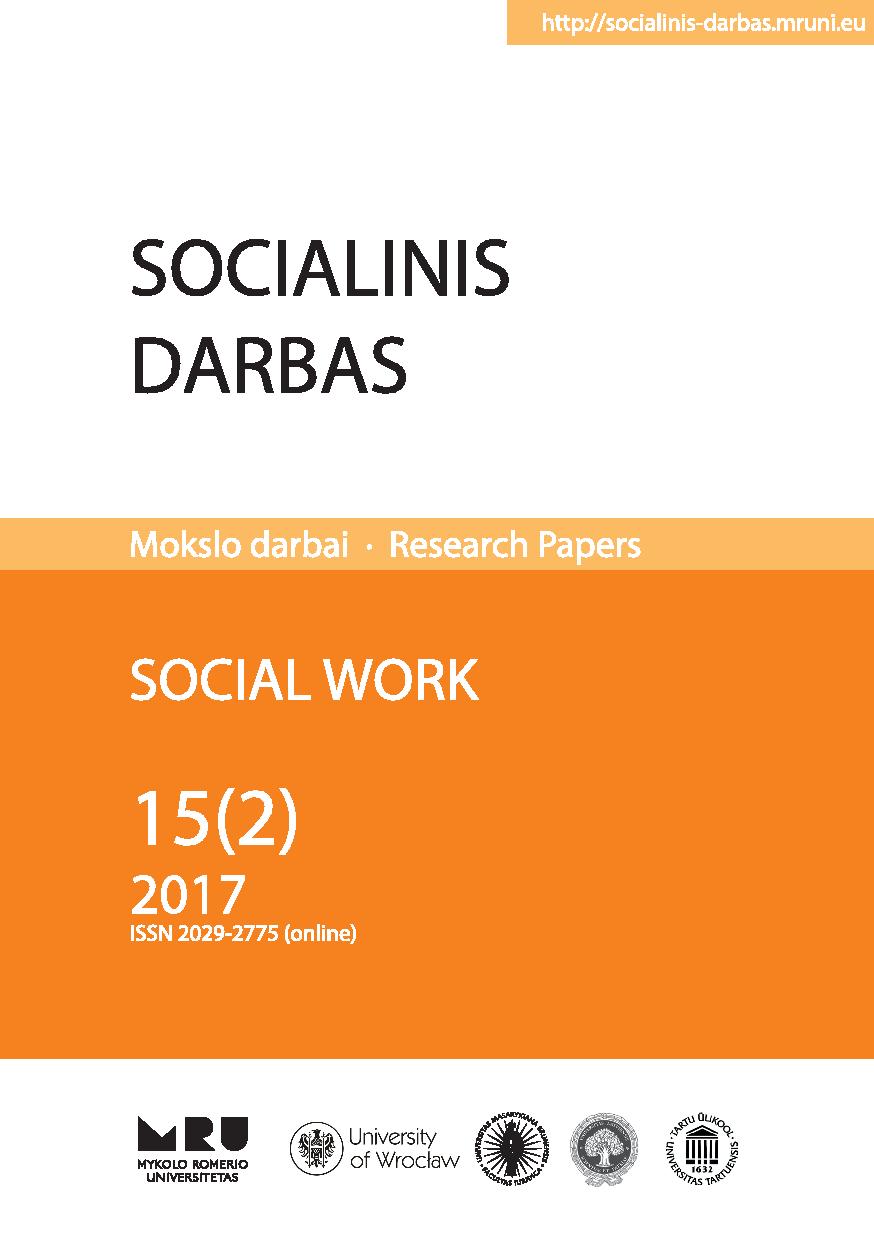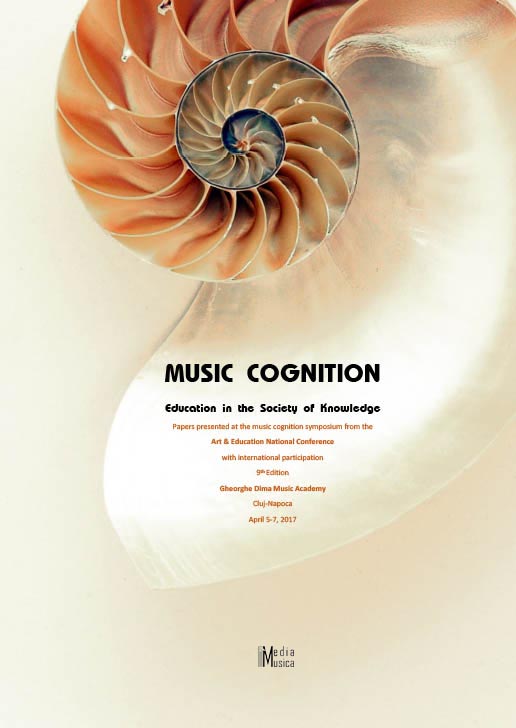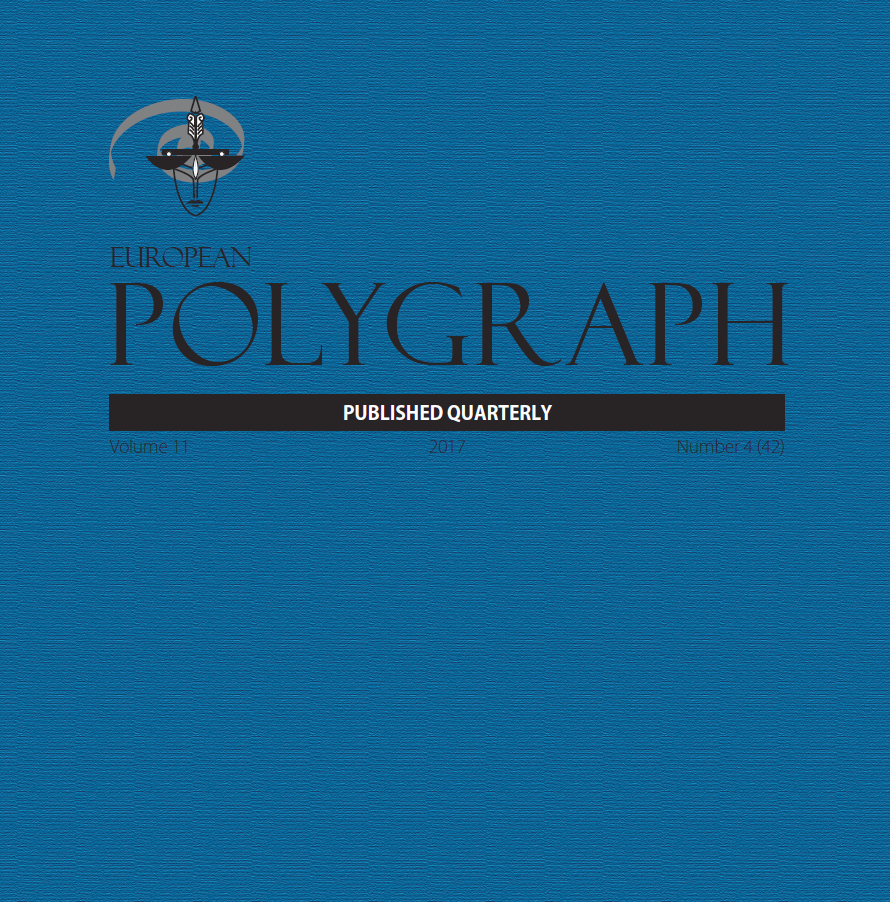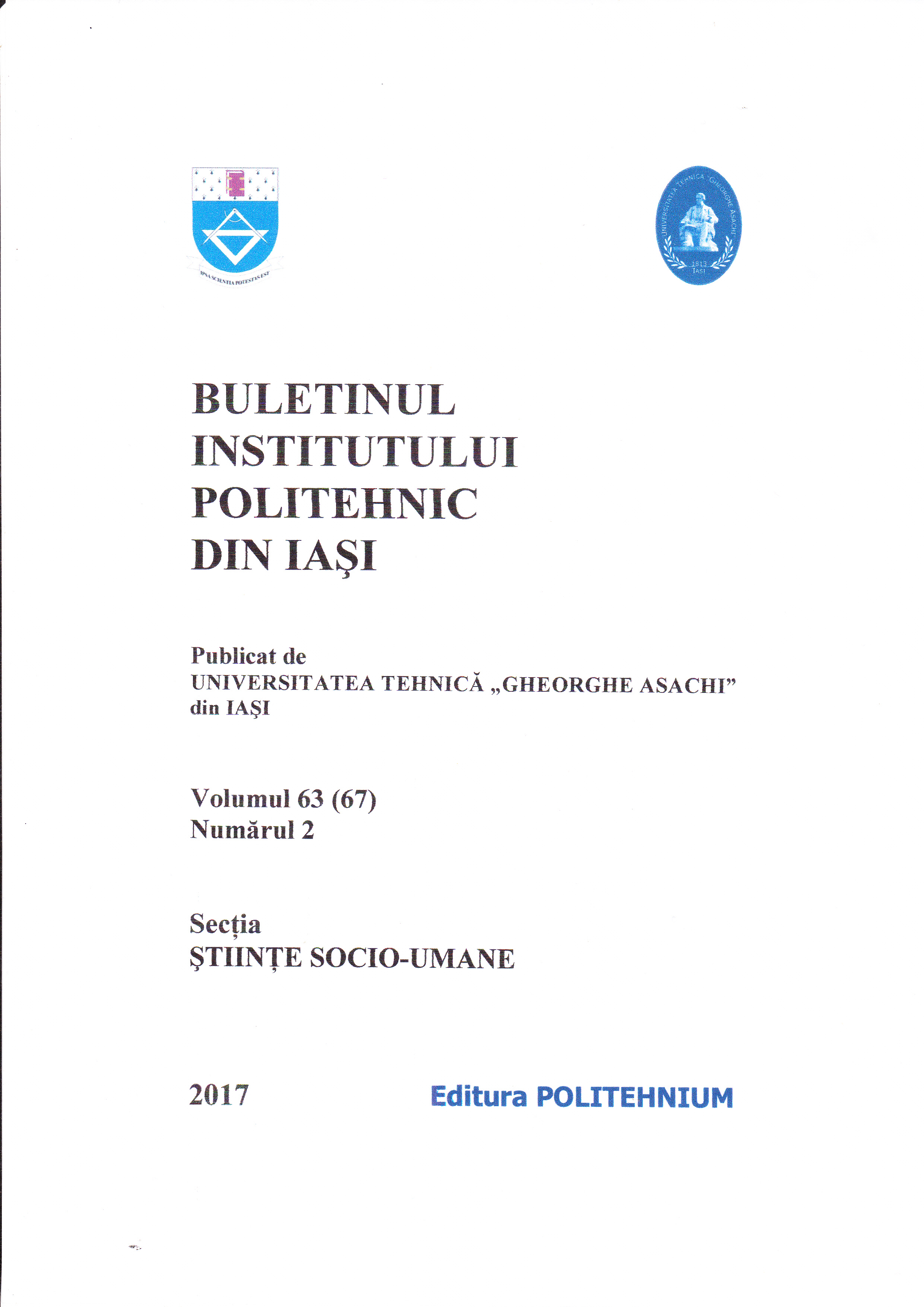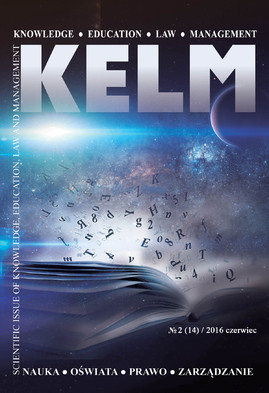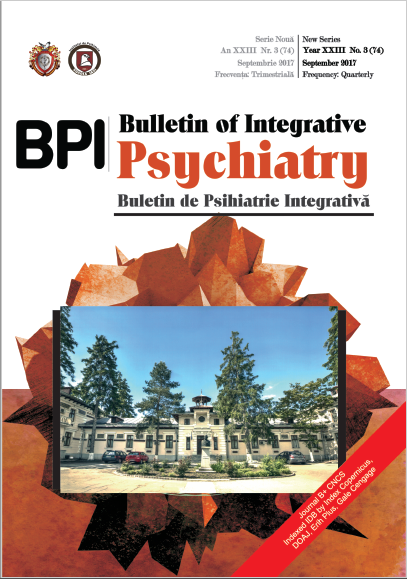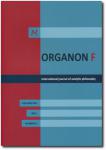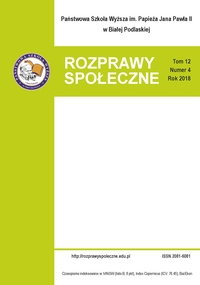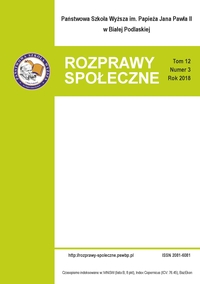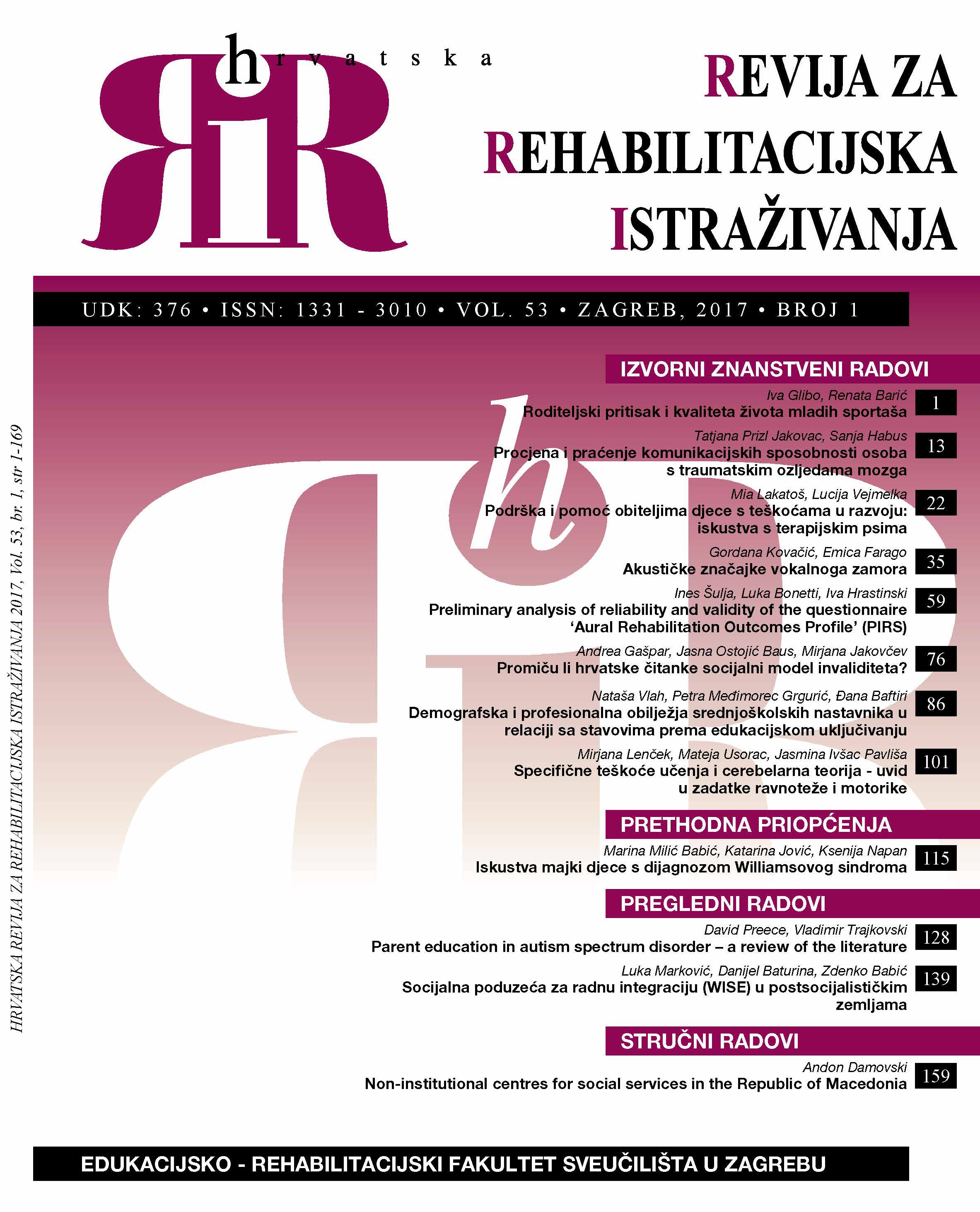
Iskustva majki djece s dijagnozom Williamsovog sindroma
Williams syndrome is a rare genetic neurodevelopmental disorder, and the present study aimed to gain insights into the life experiences of affected children and the support available to them. This qualitative study is the first to explore the experiences of mothers of children with Williams syndrome in Croatia, which is home to 11 such children based on unofficial data. Thematic analysis of semi-structured interviews showed that mothers experienced in increase in emotional connection and intimacy among family members after the birth of the affected child, and that they received support from their husbands, other family members and other parents of affected children. At the same time, the mothers reported difficulties such as adjusting and harmonizing life roles, social isolation, lack of understanding from other people and daily care for the child. These findings may encourage and guide future research on improving the quality of life of children and adults suffering from rare diseases.
More...

